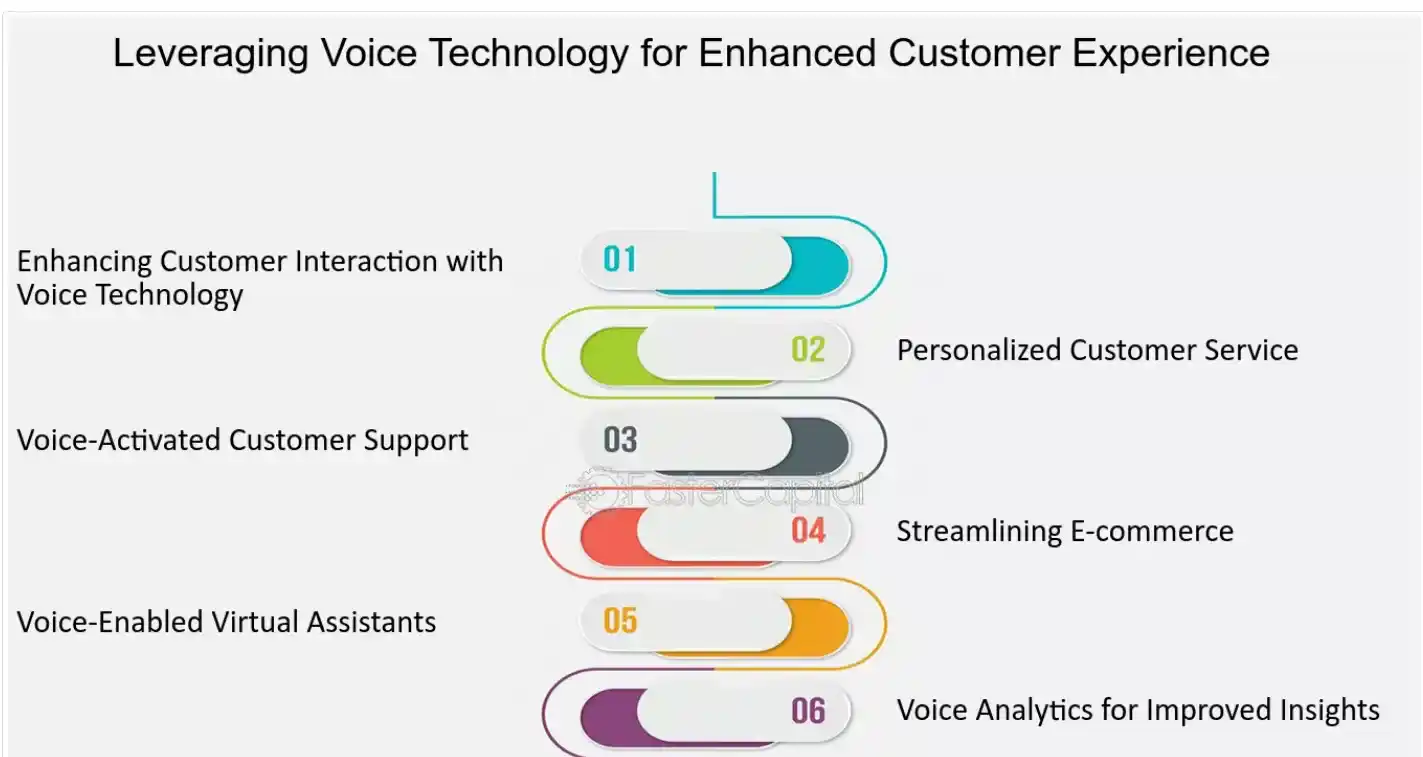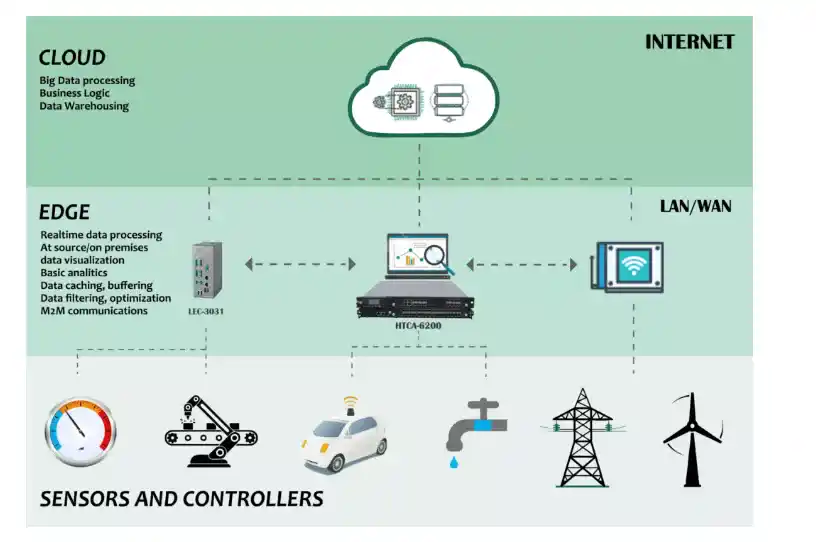Table of Contents
In the rapidly advancing realm of electronics e-commerce, maintaining a competitive edge is paramount for business success. The convergence of technology and commerce has completely transformed the purchasing and selling of electronics, sparking an ongoing wave of advancements and shifts.
This article explores 10 forthcoming trends set to influence the trajectory of electronics e-commerce. From artificial intelligence integration to sustainable practices and the rise of voice commerce, these trends epitomize the dynamic nature of the electronic commerce landscape, where innovation is not just encouraged but essential for businesses to thrive and remain relevant in an ever-changing market.
Electronic E-commerce: 10 Future Trends
1. Artificial Intelligence Integration

Artificial Intelligence (AI) is reshaping the electronic ecommerce landscape with its profound impact on retail operations. By leveraging AI algorithms, electronic e-commerce platforms deliver personalized product recommendations tailored to individual preferences, enhancing user engagement and driving sales.
Additionally, AI-powered chatbots revolutionize customer service by providing instant assistance, resolving queries, and guiding purchasing decisions. These advancements streamline electronics e-commerce operations, optimizing inventory management, pricing strategies, and logistics. Ultimately, AI integration enhances the overall user experience, fostering customer satisfaction and loyalty in the competitive electronics e-commerce market.
2. Augmented Reality (AR) Shopping Experiences
In the realm of electronic commerce, Augmented Reality (AR) technology revolutionizes the online shopping experience. By enabling customers to virtually visualize electronic products within their environment before purchase, AR enhances their confidence in buying decisions.
This immersive experience empowers consumers to assess the product’s fit, size, and aesthetics, thereby reducing the likelihood of returns. With AR, shoppers can explore intricate details and functionalities of electronic devices in real-time, fostering a deeper connection with the product.
Ultimately, integrating AR into electronics e-commerce platforms not only enhances customer satisfaction but also streamlines the purchasing process, driving engagement and loyalty in the increasingly competitive digital marketplace.
3. Voice Commerce

In the realm of electronics e-commerce, voice assistants such as Amazon’s Alexa and Google Assistant are assuming pivotal roles. They facilitate hands-free interactions for consumers, enabling effortless product searches, seamless purchases, and even troubleshooting tasks. This integration of voice commerce into electronics retail not only caters to the burgeoning demand for convenience but also enhances the overall shopping experience.
By leveraging voice technology, electronic e-commerce platforms empower users to navigate through product catalogs, make informed purchasing decisions, and resolve queries with unprecedented ease. This trend underscores the transformative potential of voice-enabled solutions in revolutionizing the landscape of electronics e-commerce, redefining how consumers engage with and access products in the digital age.
4. Sustainability and Eco-Friendly Initiatives
In response to the growing environmental consciousness among consumers, electronic e-commerce platforms are actively promoting sustainable practices. This includes initiatives such as implementing recycling programs to responsibly dispose of electronic waste, offering energy-efficient products to reduce carbon footprints, and adopting strategies to minimize packaging waste.
By prioritizing eco-friendly options, electronic e-commerce platforms not only align with consumer values but also contribute to environmental conservation efforts. These sustainable practices not only enhance the brand image but also resonate with eco-conscious shoppers, fostering loyalty and driving sales in the increasingly competitive electronic commerce landscape.
5. Mobile Commerce Dominance
The exponential rise of smartphones has propelled mobile commerce to the forefront of electronics e-commerce. Through meticulously crafted mobile websites and user-friendly apps, retailers optimize the shopping experience for on-the-go consumers. These platforms boast secure payment gateways, instilling confidence in users to make transactions conveniently.
The seamless integration of mobile devices into the shopping journey facilitates effortless browsing, selection, and purchase of electronic goods. As a result, mobile commerce not only enhances accessibility but also drives substantial sales growth in the electronics retail sector, solidifying its position as a dominant force in the industry’s digital landscape.
6. Subscription Services and Product Bundling
In the realm of electronic e-commerce, subscription-based models and strategic product bundling are gaining significant momentum. Retailers are capitalizing on this trend by offering carefully curated bundles and subscription services encompassing software updates and complementary accessories.
By doing so, they not only enhance customer loyalty but also establish reliable recurring revenue streams. These initiatives not only cater to evolving consumer preferences but also foster long-term engagement with the brand. In an increasingly competitive landscape, such approaches are instrumental in differentiating electronic e-commerce platforms and ensuring sustained growth in a dynamic market environment.
7. Hyper-Personalization
In the realm of electronic e-commerce, hyper-personalization emerges as a transformative strategy, leveraging cutting-edge data analytics and machine learning algorithms. By meticulously analyzing user browsing history and preferences, hyper-personalization crafts tailored shopping experiences. This manifests through targeted promotions finely tuned to individual interests and behavior patterns.
Moreover, it extends to curated product recommendations, aligning closely with each customer’s unique needs and desires. Through such precise customization, electronic e-commerce platforms foster heightened engagement and significantly bolster conversion rates. This fusion of advanced technologies and consumer-centric strategies epitomizes the future trajectory of electronic commerce, promising a more intimate and rewarding interaction between businesses and their clientele.
8. Cryptocurrency Adoption

The burgeoning popularity of cryptocurrencies is profoundly influencing the payment terrain within electronic e-commerce. Embracing digital currencies such as Bitcoin and Ethereum presents a golden opportunity for retailers operating in this space. By integrating cryptocurrency payment options, electronic e-commerce platforms can appeal to tech-savvy consumers and access previously untapped markets.
Moreover, the adoption of digital currencies enhances transaction security, mitigating risks associated with traditional payment methods. Additionally, leveraging cryptocurrencies facilitates cost-effectiveness by minimizing transaction fees, thereby optimizing profit margins for electronics retailers. Overall, embracing cryptocurrencies aligns with the forward-looking ethos of electronic commerce, fostering innovation and adaptability in the rapidly evolving digital marketplace.
9. Social Commerce Amplification
In the realm of electronics e-commerce, social media platforms have morphed into formidable avenues for sales. By seamlessly integrating shoppable posts, leveraging influencer marketing strategies, and encouraging user-generated content, brands enhance their visibility and attract a surge of traffic.
This integration doesn’t merely stop at showcasing products; it fosters an immersive experience within the social ecosystem, where consumers can effortlessly transition from browsing to purchasing. The dynamic nature of social media platforms amplifies brand engagement and encourages interaction, thereby facilitating smoother and more intuitive purchasing experiences for consumers navigating the electronic e-commerce landscape.
10. Edge Computing for Enhanced Performance

In the realm of electronic e-commerce, edge computing infrastructure plays a pivotal role in optimizing platform performance. By processing data near its source, edge computing diminishes latency, bolsters scalability, and guarantees fluid user experiences. This is particularly vital for electronic e-commerce platforms handling high-demand tasks such as real-time product recommendations and inventory management.
With edge computing, these platforms can swiftly process and deliver information, ensuring that users encounter minimal delays and enjoy seamless interactions, ultimately enhancing customer satisfaction and driving business success in the competitive electronic e-commerce landscape.
Related Article:
Virtual Human Livestreaming: China’s Exciting New E-commerce Trend
Conclusion
The landscape of electronic e-commerce is teeming with potential, propelled by technological strides, shifting consumer preferences, and dynamic market forces. Embracing the outlined 10 future trends equips businesses to seize opportunities at the vanguard of innovation. By leveraging advancements in artificial intelligence, augmented reality, and mobile commerce, companies can cater to evolving consumer behaviors.
Sustainability initiatives and hyper-personalization further enhance value propositions, while cryptocurrency adoption and social commerce amplify reach and engagement. With edge computing optimizing performance, businesses stand poised to offer unparalleled experiences in the ever-evolving digital realm.
By embracing these trends, electronic e-commerce enterprises can navigate the complexities of the market, cementing their positions as leaders in delivering exceptional value and experiences to customers.